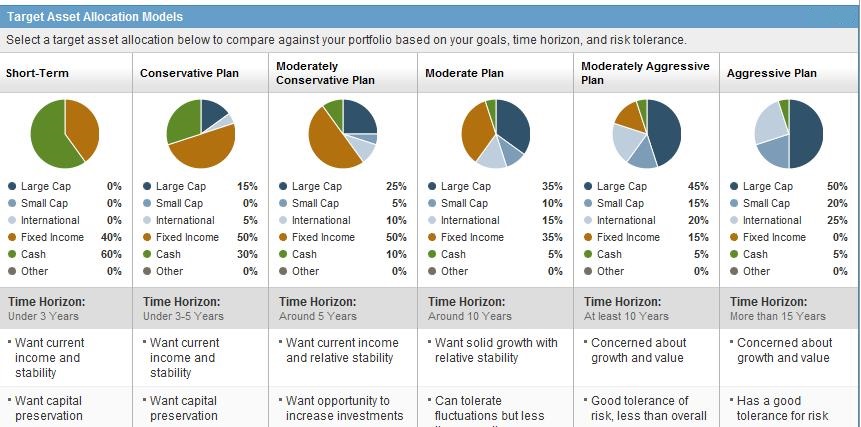Maintaining a diversified portfolio is essential to any long-term investment strategy, whether the market is bullish or bearish. A diversification strategy can help to reduce the overall investment risk and achieve more consistent returns over time. Herewith are some of the strategies that you can do to diversify the stock.

wallstreetinvesting.blogspot.co.id
Allocate the assets
Assets are divided into classes such as equities (shares), property, cash and fixed-interest securities including bonds. Effective asset allocation will see your investment funds split across multiple asset classes to help balance risk and potential rewards.
Invest in different industry sectors
Many share market experts recommend balancing share investments across different industry sectors in addition to balancing asset classes. Typical sectors include resources (iron and gold, etc), financials (banks), communications (telecommunications), energy (oil and gas), technology and others. You can help balance the normal ups and downs these sectors may experience, and their impact on your portfolio, by splitting your share portfolio across sectors.
Overweight or underweight
Share indexes give weightings to the various industry sectors. For instance, the S&P 500 might weigh basic materials at 4.5%, technology at 16% and so on. In this example, you would be overweight by 5.5% for that sector compared to the index if you assigned 10% of your investments to basic materials.
On that particular share, a research analyst or financial adviser might believe a share to be under- or overvalued, and advise an investor to be overweight or underweight. However this can be challenging to measure and subject to change, so you should be cautious about important overweight or underweight investing.
Higher risk versus lower risk companies
Higher risk companies may be defined by their propensity for share price volatility and can be profitable investments. However, many share market experts recommend that these investments should only represent a limited proportion of the portfolio and be balanced with investments in companies that have the potential for slower, more stable growth and less risk of capital loss.
Blue chip companies with little or no debt and steady revenue streams tend to be considered lower risk and more likely to pay regular dividends. Some individuals may have a higher or lower tolerance for risk in the portfolio depending on what type of investor these people are. It is advisable that before investing, discuss these matters with the financial adviser or other financial services professional to help determine what the right approach.
In addition to that, trying to avoid some of these approaches when diversity your stock investment. Firstly is involving in too many investments Keep your holdings down to a manageable number of investments — as few as 20 and not more than 30 —in reasonable amounts (no outsized bets). It is true that the holdings should be diverse in the sense that the value of these funds or securities should not be tightly coupled with one another. Buying 20 stocks in different sectors and industries will; buying stock in 20 discount retailers will not diversify your portfolio. Having fewer investments mean having an easier time making sense of it all.
Secondly, diversifying based on market cap. Regardless of what the total market cap is, small caps and large caps rise and fall together. Find strong businesses and invest in those. Thirdly, buying illiquid and high-fee investments. Hedge funds and nontraded REITs are two favorites of the investment salesmen who tout diversification. The former is sold as go-go high-octane vehicles and the latter as super safe dividend plays with zero volatility. On average, both perform poorly over time.
Last but not least, assume that the stock market will have bad years. It is advisable to tell the financial adviser to work with you to prepare a defense strategy for when storm clouds appear (i.e., rising interest rates). In addition to that, don’t forget that individual stocks themselves often offer you asset diversification that might not be found in a sector ETF. An ETF, or exchange-traded fund, is a marketable security that tracks an index, a commodity, bonds, or a basket of assets like an index fund. Unlike mutual funds, an ETF trades like a common stock on a stock exchange. ETFs experience price changes throughout the day as they are bought and sold. Stock movements are propelled by underlying economic drivers, so by owning a stock with exposure to another type of asset, you are diversified into that other asset.






